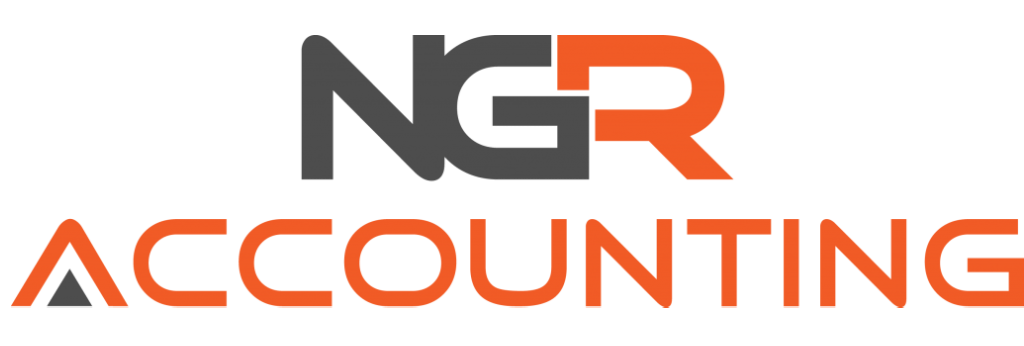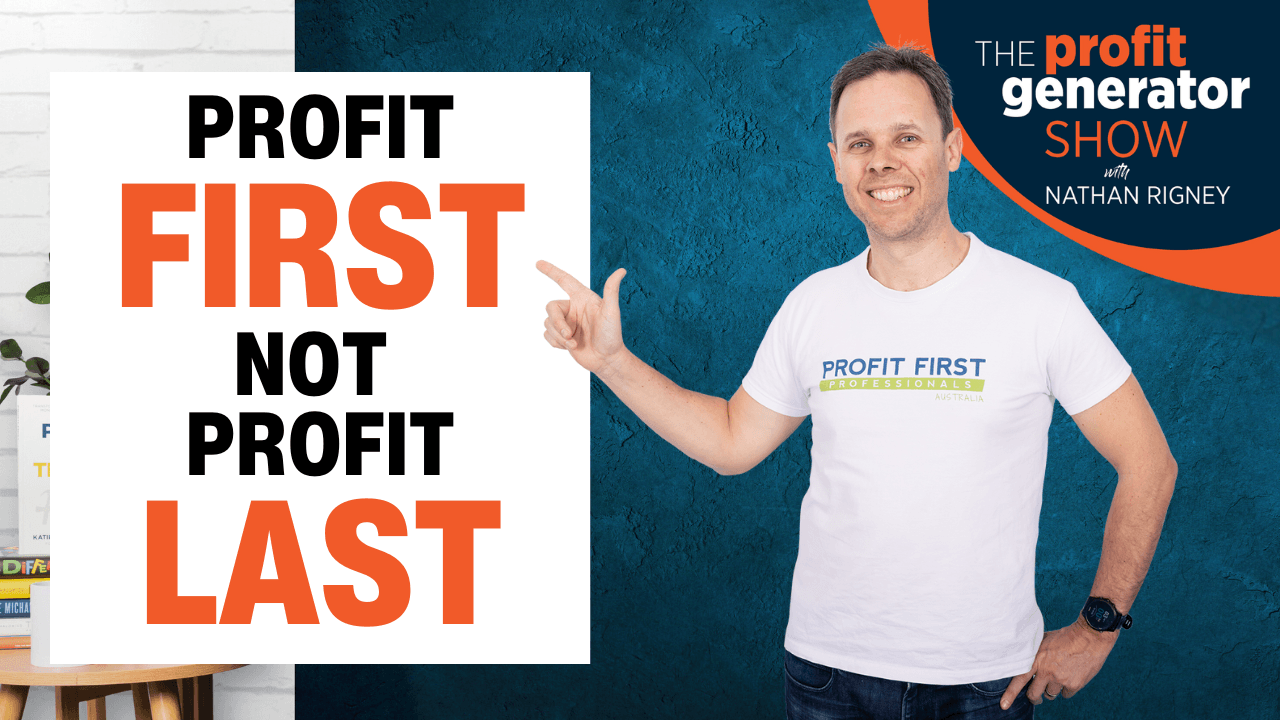In the latest episode of The Profit Generator podcast, Nathan Rigney, founder of NGR Accounting, sheds light on why traditional accounting models often fall short for business owners and introduces a new approach with the Profit First system. Nathan dives into how a simple mindset shift—prioritizing profit over expenses—can break the cycle of financial struggle for many businesses. With real client success stories and practical steps, he explains how intentional financial management can help you gain control over cash flow, reduce financial stress, and start seeing genuine profits.
Breaking Free from the Profit-Loss Trap: How Profit First Can Transform Your Business
Many business owners work tirelessly day after day, hoping that all their effort will eventually lead to profit. They get caught in a relentless cycle, where they hustle endlessly yet barely see a return. If this sounds familiar, you’re not alone. The traditional accounting mindset, focusing on sales and expenses with profit as an afterthought, is outdated and often counterproductive. It’s time to break free from the “profit-loss trap” and take control with the Profit First method.
The Traditional Profit Model Is Flawed
Conventional wisdom in accounting teaches us that profit is simply whatever’s left after subtracting expenses from sales. Business owners follow this model, grinding away with the assumption that profit will eventually appear if they just keep working. But this approach rarely works in practice. As revenue grows, expenses tend to rise just as quickly—if not faster—leaving little, if any, profit at the end.
The Role of Parkinson’s Law in Your Finances
A concept known as Parkinson’s Law is a key factor in why so many businesses struggle to make a profit. Parkinson’s Law states that work expands to fill the time available for its completion. In business terms, it means expenses will grow to consume the available cash, leaving no room for profit. When you don’t set aside money with intention, cash flow often goes unchecked, leading to increased spending that erodes potential profit.
Reversing the Formula: Profit First
Profit First offers a fresh take by reversing the traditional accounting formula. Instead of Sales – Expenses = Profit, we flip it to Sales – Profit = Expenses. This approach prioritises profit, ensuring that it comes out first, rather than hoping for it as an afterthought. Profit First is not only a financial framework; it’s a mindset shift. By treating profit as a non-negotiable line item, you transform the way you think about and manage your business finances.
Why Many Accountants Dislike Profit First (and Why It Works)
Some traditional accountants dislike Profit First because it challenges long-standing financial norms. But many business owners who adopt this method quickly realise its effectiveness. It offers structure, clarity, and measurable results. Rather than chasing revenue to cover ever-growing expenses, you’ll gain control over spending, forcing yourself to make deliberate choices that benefit the bottom line.
How Profit First Works in Practice
The Profit First method involves setting up several bank accounts, each designated for a specific purpose: profit, tax, owner’s pay, and operating expenses. Here’s a quick breakdown:
- Revenue Account: All income flows here first.
- Profit Account: A portion of revenue (determined by you) is moved to a profit account as soon as it comes in.
- Tax Account: Money is set aside to cover tax obligations.
- Owner’s Pay: Pay yourself first as an investment in your own work and value.
- Operating Expenses: Allocate only what remains for business costs, making you more mindful of spending.
By consciously dividing revenue in this way, you gain a clearer picture of your finances and create a structure that encourages discipline. Setting up and maintaining separate accounts prevents you from overspending, giving each dollar a specific job.
Real-Life Success Stories: How Profit First Has Changed Lives
Many business owners have experienced remarkable transformations by implementing Profit First. Take one of my clients, for example—a tradesman who initially struggled with cash flow despite a decent turnover. With Profit First, he built a sustainable system that now allows him to pay himself, save for taxes, and even invest in his business. Instead of barely scraping by, he and his family are now in a more secure, comfortable position.
In another case, a couple running a small business faced constant stress and arguments over finances. After adopting the Profit First model, they gained financial stability, reduced their debt, and now enjoy a healthier relationship, free from the stress that once dominated their lives.
Take Small Steps Toward Financial Change
If diving into the full Profit First system seems daunting, start small. Begin by setting up just one extra account—perhaps for profit or taxes—and commit to transferring even 1% of your revenue. This minor change creates a habit that builds financial discipline over time. Once you see the benefits, you can gradually implement more aspects of the system, eventually transforming your financial foundation.
Take Control of Your Business Finances
If your business is thriving in sales but barely turning a profit, Profit First could be the solution you need. By making profit a priority, you can break free from the profit-loss trap and set your business on a path to financial security. Profit First isn’t just about money—it’s about building a business that serves you, rather than the other way around.
So, ask yourself: Where do you want to be financially, and what’s stopping you from getting there? Taking even the smallest step toward implementing Profit First today could be the beginning of a brighter financial future.
Want to learn more, or think you will benefit from implementing this into your business? Join our waitlist today for our release of The Profit Generator School – an online course with guidance and assistance from myself as you complete it. Stay tuned for more info!

